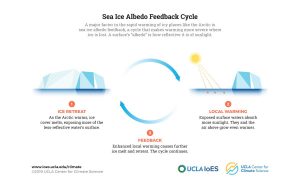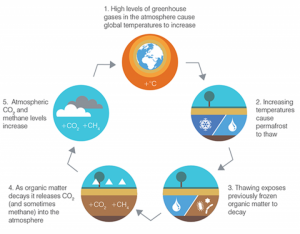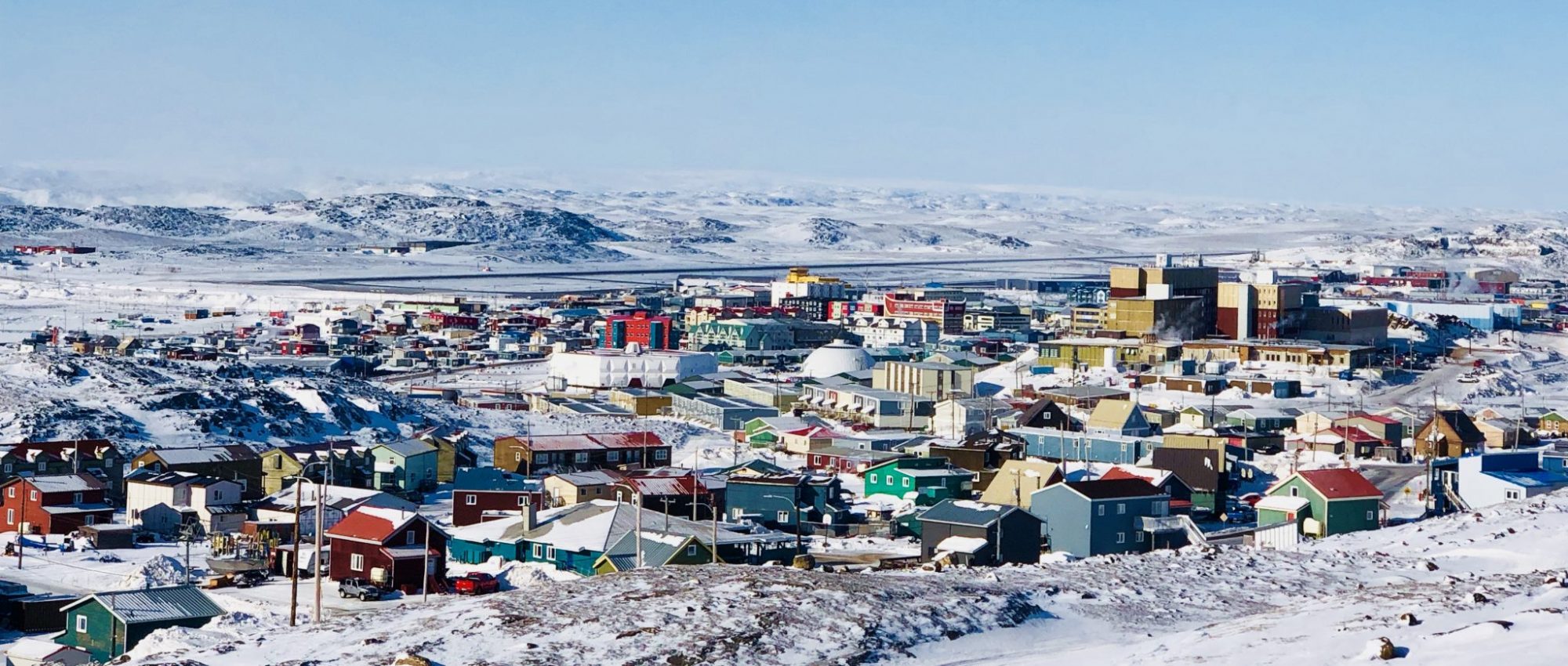The Arctic is warming twice as fast than any other region on Earth. For example, average temperatures in Alaska and Canada have increased by 3-4°C over the past half century. These rises in temperatures have significant impacts.

One of the primary effects of rising temperatures is melting sea ice. Since 1978, satellites have recorded the extent of Arctic sea ice. Over the past 14 years, satellites recorded the 14 lowest totals of annual sea ice. Not only does the ice cover less area, but warming waters means it is much thinner than before.
Arctic sea ice is an important piece of Earth’s ability to self-regulate its internal temperature. Sea ice has a high albedo, meaning it is able to reflect sunlight back into space. As sea ice melts, sunlight is instead absorbed, which will increase the temperature in Earth’s atmosphere, and cause more sea ice to melt. Herein lies one of the most well-known climate feedback loops.

Melting sea ice can also seriously disrupt the livelihood of land and marine animals, including fish, seabirds, seals, whales, and polar bears. These animals will often lose a significant amount of their habitat or will have their migratory patterns altered. Both threaten their very existence.
Another important piece of climate change in the Arctic is permafrost thaw. Much of the land in the Arctic is permafrost, which is ground that is permanently frozen.

As temperatures warm, however, this permanently frozen ground will thaw. One of the biggest impacts of permafrost thaw is that it releases greenhouse gases that have been frozen in the ground for long periods of time. As you can imagine, the release of more greenhouse gases will continue to warm temperatures. Just like sea ice, permafrost represents another feedback loop.
Clearly, climate change has a large impact on the Arctic environment. Yet, it has an even bigger impact on those who live there. We now invite you to explore these broad impacts, as well as more specific ones, to learn more.
